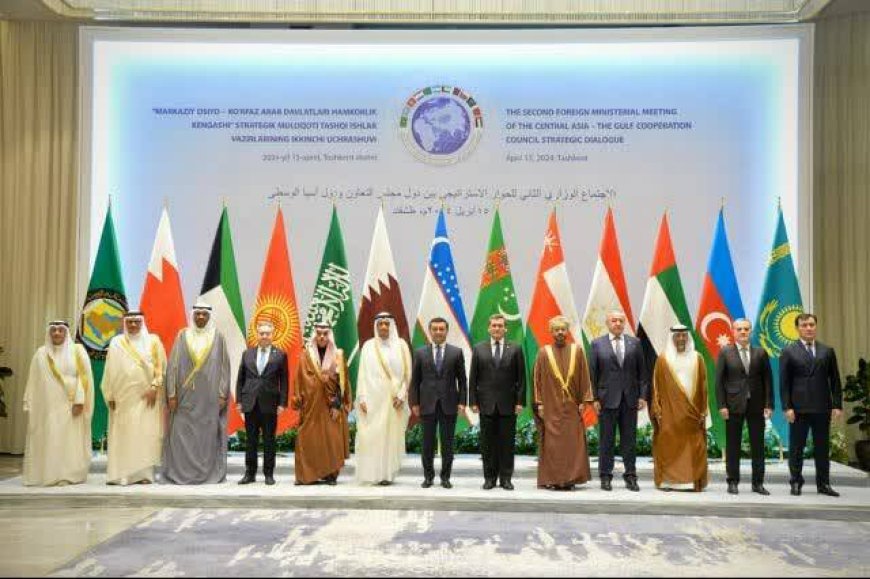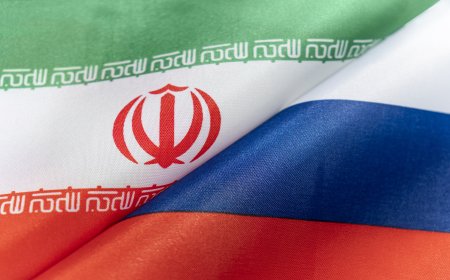Charting a Path for Arab-Central Asian Cooperation: Opportunities and Challenges

Tashkent, the capital city of Tajikistan, recently witnessed the second cooperation summit between Arab and Central Asian governments. This event, which bore the imprints of novelty, had its inaugural instance in the year 2023 and was brought to fruition primarily through the endeavors of the oil-rich Arab countries of the Persian Gulf.
The Arab media, with a keen eye on the proceedings, covered this summit as a momentous occurrence, accentuating the profound significance it held towards fostering multifaceted cooperation with the countries in attendance. It was within the confines of this meeting that a comprehensive 4-year joint plan was unveiled, underscoring the resolve of the participating parties to develop their ties.
Historically, Arab countries have harbored a vested interest in permeating the Muslim territories that stood estranged from the former Soviet Union. These regions hold paramount importance for the Arab regimes owing to their entrenched traditional tapestry and predominantly Sunni populace. The prospective influence wielded by Arab countries across the Central Asian landscape stands poised to confer upon them a plethora of benefits, a subject that warrants further exploration.
Delving into the economic domain, a salient shift has been observed in recent years within the Arab dreaming of land corridors as they pivot away from their erstwhile reliance on the oil economy. To facilitate this transition, a pressing need arises for these nations to identify markets conducive to the sale of their products.
Central Asia, with its modest economic stature, emerges as a ripe market yearning for goods manufactured within the Arab confines. By engaging in trade with the nations of Central Asia, Arab countries stand to satisfy their product requisites without incurring exorbitant transportation costs typically associated with sourcing goods from far-flung corners of the world. In the foreseeable future, a paradigm shift is anticipated in the global transportation landscape as corridors assume primacy in connecting the East to the West and the North to the South.
Central Asia, ensconced within its geographical importance and abundant natural resources, emerges as a pivotal nexus, facilitating this intercontinental integration. The development of robust relations and the concomitant establishment of requisite infrastructural grounds within the region, buttressed by financial backing from Arab governments, hold the promise of substantially mitigating the foreign trade costs borne by Arab countries in the ensuing years. Also, foreign investments, spearheaded by Arab companies, are poised to engender salutary outcomes for the Central Asian nations.
The geographical proximity of Central Asian countries to Russia assumes heightened significance within the realm of security dynamics. Owing to their strategic geopolitical positioning, these nations emerge as linchpins crucial to Russia's security calculus. Moscow, cognizant of the strategic imperatives at play, is resolute in forestalling the facile ingress of Western powers into this region.
The Arab foray into the security theater of Central Asia, against the backdrop of burgeoning Arab-Russian relations, is perceived as a boon for the Kremlin. The financial capital injected by Arab nations into the developmental trajectories of Central Asian nations stands poised to accrue long-term benefits for Russia, with Moscow poised to reap the initial dividends of this developmental spurt. Facilitating trade pathways for Russia, this symbiotic relationship is anticipated to streamline Russia's access to Western markets while expediting the inflow of goods into Russian precincts.
The specter of extremism looms large as a potential threat to the rising Eastern axis—China, Iran, and Russia—in the forthcoming years, with the proliferation of extremist elements in the proximate vicinities of Russia and Iran presenting a cause for concern. The Ferghana Valley region in Central Asia, having played host to radical elements in yesteryear, is emblematic of the perils posed by extremist ideologies. The burgeoning ties between Arab nations and Central Asian countries have elicited apprehensions, with Saudi Arabia's purported backing of extremist factions in this region warranting scrutiny. Traditionally known for its financial patronage of such groups, Saudi Arabia's involvement, juxtaposed against the backdrop of three regions—China's Xinjiang, Russia's Fergana Valley, and Iran's Sistan—susceptible to extremist incursions, underscores the imperative for the Eastern axis to brace itself for any eventuality.
In essence, the growing connections between Arab and Central Asian nations highlight the strategic foresight of Moscow, Beijing, and Tehran through leveraging Arab financial resources to boost the economic development of Central Asia and ultimately enhance trade and bolster necessary infrastructure.
However, should these emerging Arab-Central Asia ties receive backing and direction from Western governments, it could lead to a complex path as it encroaches on the spheres of influence of Iran and Russia in Central Asia. This could potentially result in severe consequences for these nations, with the threat of terrorist activities becoming a significant concern. Given this scenario, the Eastern bloc urgently requires strong intelligence and security collaboration to understand the changing dynamics of Arab-Central Asian relations.













































